This chemist's main achievement was the invention of dynamite, and you may recognize his last name from a prestigious prize awarded annually.
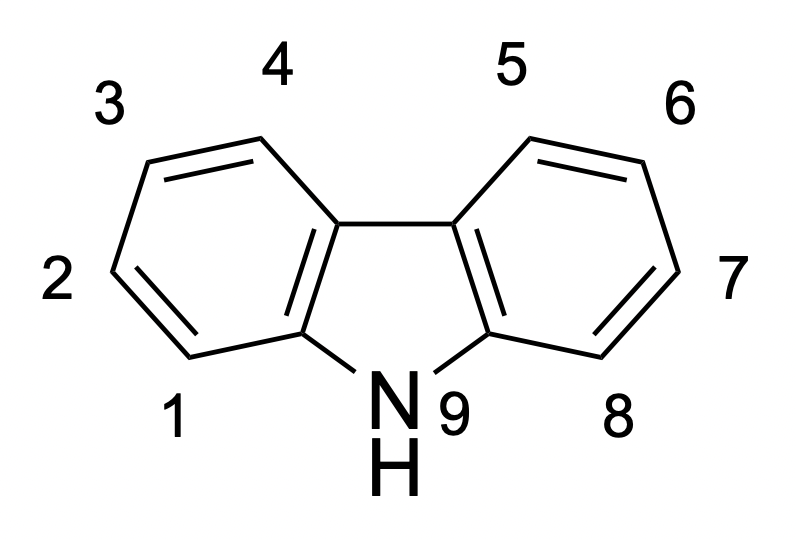
This is the major site of electrophilic substitution on carbazole.
What is the 3 position?
https://baranlab.org/wp-content/uploads/2024/03/Essentials1_Heterocycles_2009.pdf
This element, discovered in 1848, was named after the planet Uranus, which had been discovered eight years earlier.
What is Uranium?
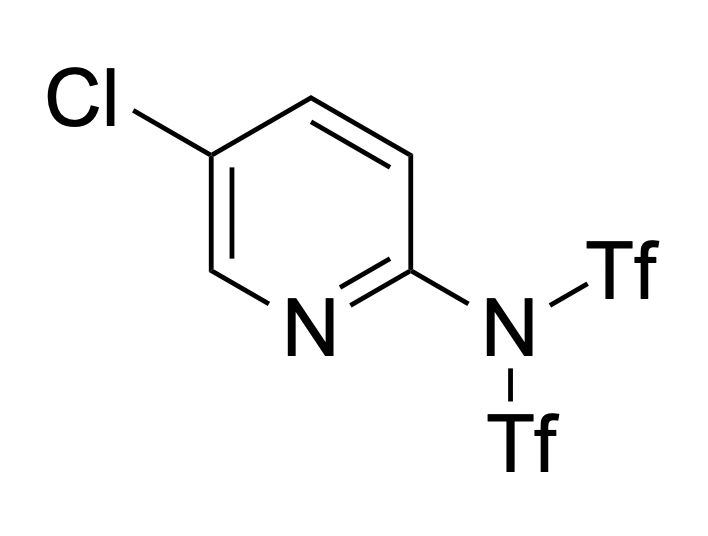
This reagent is commonly employed in the triflation of alcohols, enols and phenols.
This coupling reaction of terminal alkynes with aryl or vinyl halides is performed with a palladium catalyst, a copper(I) cocatalyst, and an amine base.
This chemist (1867-1934) is one of the most famous female scientists in history, known for her pioneering work on radioactivity. She received the Nobel Prize twice: first in 1903 for her work on radioactivity, and again in 1911 for the discovery of polonium and radium.
Who is Marie Curie?
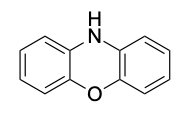
This heterocycle is commonly found in acrylic fiber dyes.
What is phenoxazine?
This element, with the atomic number 101, is named after a Russian chemist who developed the periodic table of elements.
What is Mendelevium?
This organoiridium compound, known as Crabtree’s catalyst, has what structure?
(See board...)

This reduction converts an α,β-unsaturated ketone to an allylic alcohol using cerium trichloride, sodium borohydride, and an alcohol solvent.
What is the Luche Reduction?
This chemist (1766–1844) is remembered for proposing atomic theory, which states that all matter is made of atoms and that atoms of the same element are identical. His laboratory also formulated the theory of atomic weight.
Who is John Dalton?
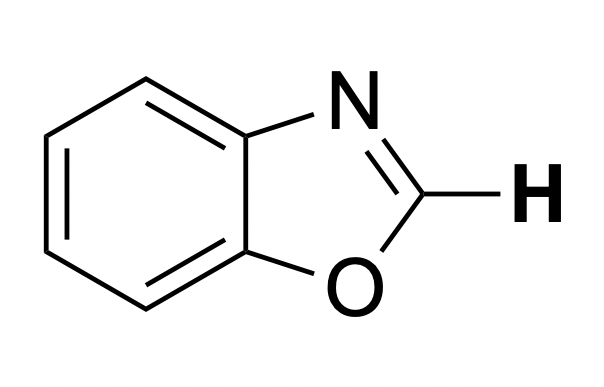
This is the pka of benzoxazole.
What is 24.4?
This element is the 5th most abundant in the universe, yet it makes up only 0.00182% of Earth’s atmosphere.
What is Neon?
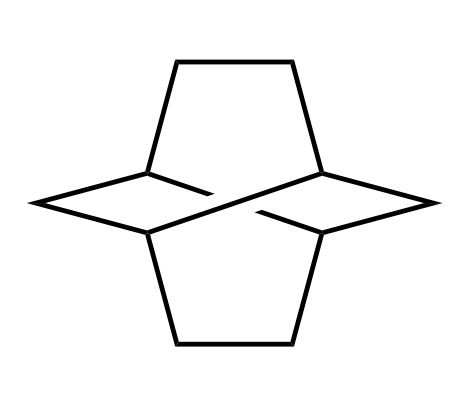
This polycyclic hydrocarbon is named after the twisted shape of its molecular structure.
What is Twistane?
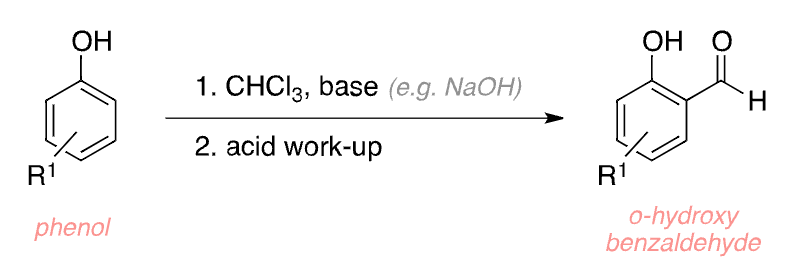
This reaction is used to convert a phenol to an o-hydroxy benzaldehyde using chloroform, a base, and acid work-up.
What is the Reimer-Tiemann reaction?
This chemist (1779–1848) is primarily known for formalizing the language of chemistry, including defining fundamental terms like 'catalysis.'
Who is Jöns Jacob Berzelius?
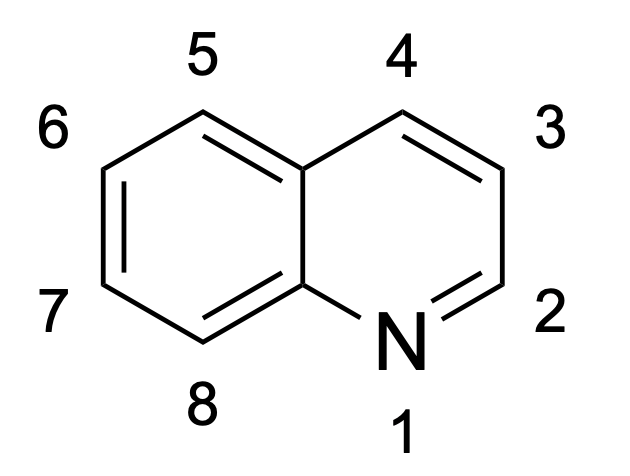
This is the thermodynamic lithiation position on quinoline.
What is the 4 position?
This element, symbolized by 'At', is the rarest naturally occurring element on Earth, with only about 25 grams estimated to be in the Earth's crust at any given time.
What is Astatine?

This reagent reacts with lithium enolates to generate 1,3-dicarbonyls.
What is Mander’s Reagent?
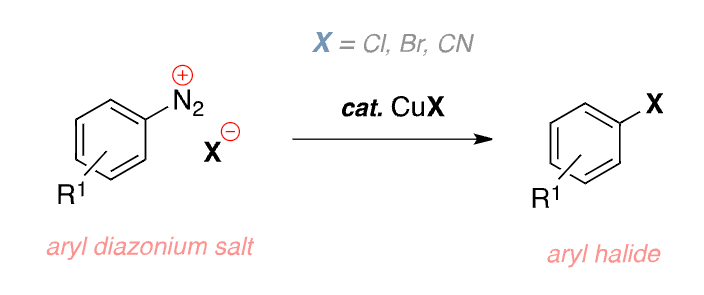
This reaction reaction is used to convert an aryl diazonium salt to an aryl halide using a copper(I) halide catalyst.
What is the Sandmeyer reaction?
This British chemist is the only woman from the UK to have ever won a Nobel Prize in a science. Her key discoveries include the structures of important molecules and proteins, such as vitamin B12 and insulin.
Who is Dorothy Hodgkin?

These two reagents are commonly employed in the Fukuyama Indole Synthesis.
What are tributyltin hydride and AIBN?
This element, with the atomic number 43, is one of the rarest naturally occurring elements and is considered to be the first element to be produced artificially in a laboratory.
What is Technetium?
This isothiocyanate, known as the Edman Reagent, is used in N-terminal amino acid sequencing. What is its structure?
What is phenyl isothiocyanate?
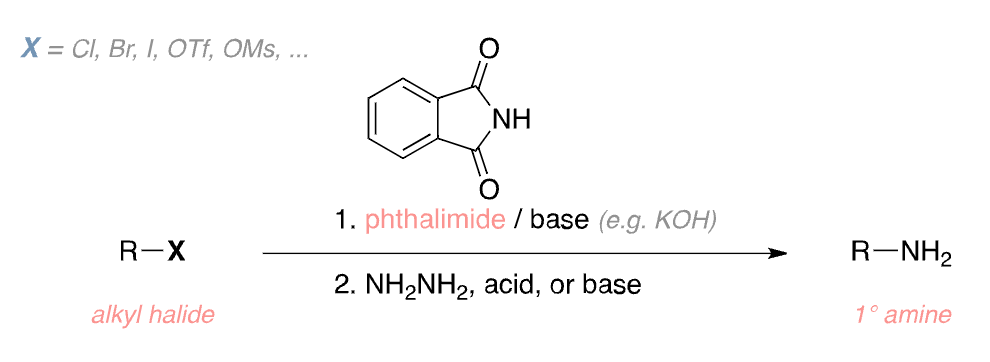
The synthetic route is used to convert an alkyl halide to a primary amine using phthalimide with base and followed by hydrazine.
What is the Gabriel synthesis?